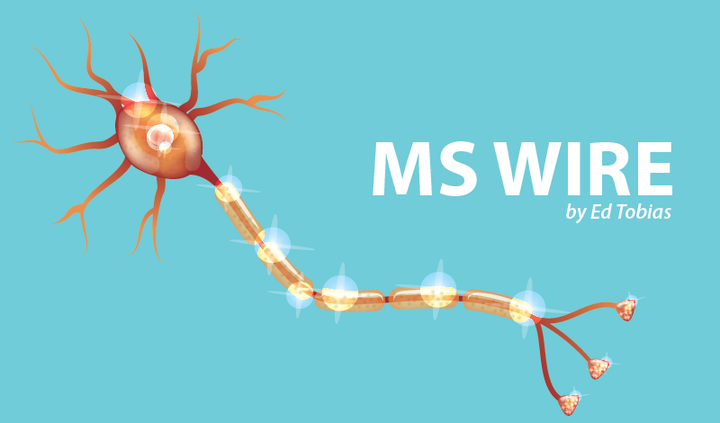Diagnosing MS Faster and Better
Written by |


As we all know, MS is difficult to diagnose. Put another way, it’s easy to misdiagnose.
There’s no single diagnostic test for MS. Neurologists use their clinical examination, the patient’s medical history, and lab tests. They also rely on MRI imaging of the brain and sometimes of the spinal cord. These tests are intended to rule out other possible causes of a person’s neurological symptoms and gather data that would point to an MS diagnosis. If it appears that MS is likely, a spinal tap might be ordered as further confirmation.
All of these tests are run under a protocol called the McDonald Criteria. It’s used when a patient is experiencing what doctors call clinically isolated syndrome, or CIS. CIS is the appearance of neurological symptoms that are typical of MS in a person who hasn’t been diagnosed with MS.
Hoping to speed up the diagnostic process and improve its accuracy, old McDonald has just been updated. The basic changes, published in The Lancet Neurology, include lowering the threshold for ordering a spinal tap and allowing doctors to consider that lesions they can see on an MRI might be caused by MS even if they aren’t actually producing physical symptoms.
The revised McDonald Criteria
A panel of 30 international MS experts wrote the revision. Importantly, in my opinion, that panel says MS is best diagnosed by a clinician with MS-related expertise, supported by imaging and other tests. (Too often, I believe, the doctor trying to make the diagnosis lacks that expertise.) The experts recommend that a brain MRI should be obtained, if at all possible, during the MS diagnostic process. A spinal MRI also should be obtained when additional data are needed to confirm the diagnosis.
After that, according to the updated McDonald Criteria, here are the major things to be considered when making a diagnosis of multiple sclerosis:
- Oligoclonal bands — These are bands of proteins that are related to inflammation in the central nervous system. Positive findings of oligoclonal bands in the spinal fluid can now substitute, in making the diagnosis, for the appearance of spinal column lesions that have been seen on multiple MRIs.
- Types of lesions — Both asymptomatic and now symptomatic MRI lesions can be used when determining that lesions have appeared in both space or time. (“In space” is an indication of damage in more than one location in the nervous system. “In time” indicates that damage has occurred more than once.)
- Site of lesions — Cortical lesions in the brain have been added to juxtacortical (next to the cortex) lesions for use in meeting MRI criteria for dissemination of lesions in space.
- An essential diagnosis consideration must be that there is no better explanation for the symptoms and test results than a diagnosis of MS.
The panel also recommended that:
- When spinal fluid is used as part of the diagnostic process, that fluid should be compared with a blood sample to confirm that oligoclonal bands appear only in the spinal fluid. If the bands also appear in the blood, an MS diagnosis is not appropriate.
- An MS diagnosis can be made without having to indicate whether the course of the disease is active or not, and progressive or not. The type and course of the disease should be re-evaluated periodically.
These recommendations are all detailed in a news release from the National MS Society.
Why all this fuss?
I hear and read comments all the time from people who say they were diagnosed at 19 or 20 years old, but “know [they] had MS years earlier.” Research suggests delayed diagnosis, or misdiagnosis, isn’t uncommon. According to the NMSS news release, “if an individual does not have typical CIS [early MS-like symptoms], or is a member of a population in which MS is less common (such as children, older individuals, or non-white populations), additional testing can help gather additional evidence needed to firm up whether the person indeed has MS or something else that may require different treatment and management.”
Running those tests quickly and more accurately should make strides toward faster and better treatment. The revised McDonald criteria is an attempt to make this easier to do. To this MS patient, that sounds like a very good thing.
You’re invited to view my personal blog at: www.themswire.com.






Alyna Kenerson
I'm still scratching my head, trying to figure out why there isn't more information about the RNA blood test by IQuity. One would think after 12+ years of research funded by NIH grants conducted at a reputable university that the MS world would be eager to use/try a diagnostic tool that is more than 90% accurate. The more tools available, with high accuracy, the better off patients will be.
Cathy Benoit
Very interested in the RNA blood test by IQuity. Is this test readily available per a physician’s request?